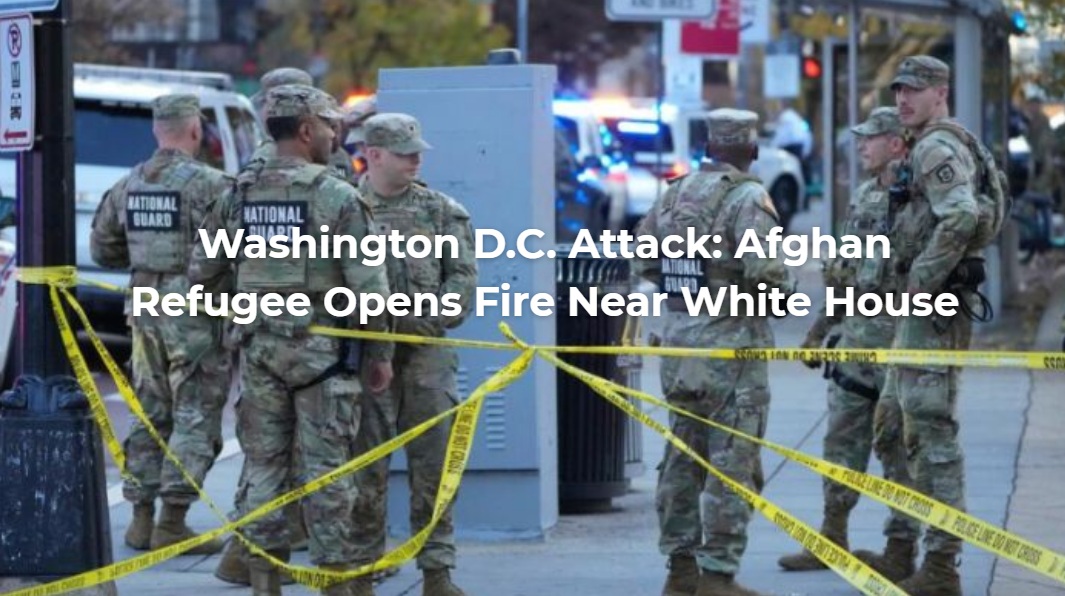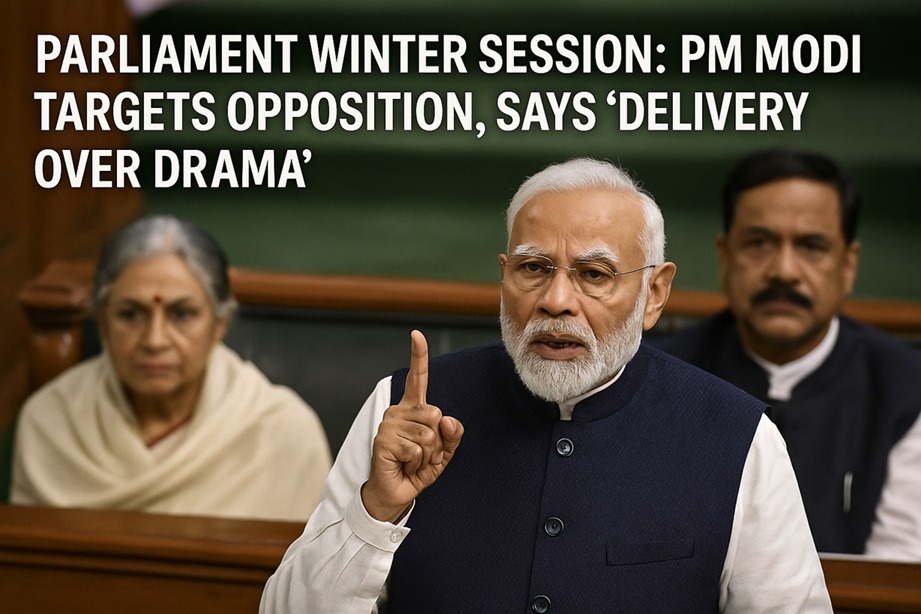The Katchatheevu Island dispute has been a long-standing focal point between India and Sri Lanka, spanning several decades, as both nations assert ownership claims over it. Katchatheevu Island is located in the Palk Strait, a narrow strip of water separating India’s Tamil Nadu state and Sri Lanka. It is situated approximately 12 kilometres off the coast of Rameswaram in India and about 15 kilometres from the northern coast of Sri Lanka. The island covers an area of about 285 acres and is strategically positioned in a region known for its fishing grounds and maritime routes.

The significance of Katchatheevu Island stems from its strategic location in the Palk Strait. This area is crucial for maritime navigation and has historically been a centre for fishing activities for both India and Sri Lanka. The island also holds cultural and emotional significance for the people of Tamil Nadu, as it is believed to be a sacred site associated with religious pilgrimages and cultural practices.
The article will dig into the historical background of the Katchatheevu Island dispute, exploring the origins of the disagreement and the key events that have shaped it over time. It will also discuss the strategic and emotional significance of the island, analyzing why it remains a contentious issue between India and Sri Lanka. Additionally, the article will cover legal and political perspectives on the dispute, recent developments, and potential future outcomes, providing a comprehensive overview of this complex and ongoing issue in the region.
Historical Context of the Katchatheevu Island Dispute
A tiny, barren island 33 km off the Indian coast. Initially controlled by the kingdom of Ramanad Raja (India). The dispute over Katchatheevu dates back to the colonial era when it was under the control of the British. Following Sri Lanka’s independence in 1948, the island became a point of contention between the newly formed nations of India and Sri Lanka. In 1974, the Indo-Sri Lankan Maritime agreement, signed during Indira Gandhi’s tenure as Prime Minister of India, acknowledged Katchatheevu as part of Sri Lanka’s territory, marking a crucial point in the ongoing dispute.
The historical background of the Katchatheevu Island dispute is intricate and spans several decades, involving key events and agreements that have shaped the ongoing disagreement between India and Sri Lanka.
Origins of the Dispute: The origins of the Katchatheevu Island dispute can be traced back to the colonial era when both India and Sri Lanka were under British rule. The island was traditionally used by fishermen from both countries, with overlapping claims of sovereignty. After India’s independence in 1947 and Sri Lanka’s independence in 1948, the issue of ownership became more prominent.
Key Events and Agreements:
- In 1954, the Indian government under Prime Minister Jawaharlal Nehru raised concerns about the status of Katchatheevu Island and its impact on Indian fishermen’s rights.
- In 1974, the Indo-Sri Lankan Maritime agreement, signed during the tenure of Prime Minister Indira Gandhi, acknowledged Sri Lanka’s sovereignty over Katchatheevu Island. This agreement marked a significant turning point in the dispute, leading to protests and opposition in India, particularly in Tamil Nadu. This agreement granting Indian fishermen retained access for rest, drying nets, and attending the annual festival. The agreement did not specify fishing rights. Sri Lanka, on the other hand, sees Katchatheevu as an integral part of its territory, as affirmed by the 1974 agreement. The island’s ownership is viewed as a matter of national sovereignty and territorial integrity.
- In 1976 Agreement, Negotiations settled the maritime boundary between India and Sri Lanka. India gained sovereign rights over the resource rich Wadge Bank near Kanyakumari. Sri Lanka was allowed limited fishing rights in the Wadge Bank for three years. Over the years, the dispute over Katchatheevu has remained a contentious issue, leading to sporadic tensions between India and Sri Lanka. Tamil Nadu politicians have repeatedly called for the reversal of the agreement and the restoration of Indian sovereignty over the island.
- In 1982, the issue gained further attention when Tamil Nadu Chief Minister M.G. Ramachandran staged a protest against the agreement, arguing that it infringed upon Indian fishermen’s traditional fishing rights in the region.
- In 2008, the issue resurfaced with renewed vigor when Tamil Nadu Chief Minister M. Karunanidhi demanded the retrieval of Katchatheevu Island, citing the adverse impact of the agreement on Indian fishermen’s livelihoods.
- In 2010, the Sri Lankan government notified the Tamil Nadu government that Indian courts could not invalidate the 1974 agreement.
- In June 2011, the new Tamil Nadu government under Chief Minister J. Jayalalithaa petitioned the Supreme Court, arguing that the 1974 and 1976 agreements on Katchatheevu were unconstitutional. The court ruled in Berubari case established that any transfer of Indian territory to another country must be ratified by Parliament through a constitutional amendment. This landmark case, decided by the Supreme Court of India in 1960, addressed territorial disputes between India and Pakistan regarding the Berubari Union and its adjacent areas. It set a precedent for the constitutional process required for ceding Indian territory, ensuring parliamentary approval through constitutional amendments.
- The Indian government, in February 2014, clarified that no Indian territory was ceded or sovereignty relinquished, as the area was in dispute and had not been demarcated.
- The Bharatiya Janata Party (BJP) reopened the Katchatheevu dispute ahead of India’s general elections in April 2024, focusing on the discontent of Indian fishermen affected by the 1976 agreement.
- Sri Lanka’s Foreign Minister, Ali Sabry, publicly rejected reopening discussions on Katchatheevu, stating that the issue had been resolved 50 years ago.
These key events and agreements, especially the Indo-Sri Lankan Maritime agreement of 1974, have been pivotal in shaping the ongoing dispute over Katchatheevu Island. They reflect the complex historical and political dynamics between India and Sri Lanka regarding territorial claims and maritime boundaries in the region.
Strategic Significance of Katchatheevu Island
Katchatheevu Island holds significant strategic importance for both India and Sri Lanka due to several key factors.
1. Maritime Boundaries and Geopolitical Considerations:
Maritime Boundaries and Geopolitical Considerations: Katchatheevu Island is situated in the Palk Strait, which serves as a crucial maritime corridor between India and Sri Lanka. The island’s location near the international maritime boundary line (IMBL) is strategically vital, influencing fishing activities, maritime trade routes, and naval operations in the region.
Geopolitical Considerations: Control over Katchatheevu Island has geopolitical implications for both nations. It affects their territorial claims, economic interests, and strategic presence in the Indian Ocean region. The island’s proximity to important sea lanes makes it a focal point for naval strategies and regional security dynamics.

2. Fishing Rights and Resource Management:
Fishing Rights: The waters around Katchatheevu Island are rich in marine resources, making them a crucial fishing ground for Indian and Sri Lankan fishermen. The disputed ownership of the island directly impacts fishing rights, leading to conflicts and negotiations between the two countries.
Resource Management: Control over Katchatheevu influences resource management and conservation efforts in the surrounding waters. Issues such as sustainable fishing practices, marine biodiversity, and environmental protection are intertwined with the island’s strategic significance.
3. Security and Defence Perspectives:
Security: The island’s nearness to sensitive naval installations and maritime chokepoints adds a security dimension to its strategic value. It becomes a potential area of interest for safeguarding national security interests, border surveillance, and monitoring maritime activities.
Defence: Control over Katchatheevu provides a vantage point for monitoring naval movements, ensuring maritime domain awareness, and responding to security threats. It contributes to defence strategies and capabilities, particularly in the context of regional security challenges.
4. Diplomatic Relations and International Influence:
Diplomatic Relations: The Katchatheevu dispute influences diplomatic relations between India and Sri Lanka, shaping bilateral engagements, negotiations, and diplomatic discourse on maritime issues.
International Influence: The strategic importance of Katchatheevu extends beyond bilateral relations, attracting attention from regional and global stakeholders interested in maritime security, trade routes, and geopolitical dynamics in the Indian Ocean.
Overall, the strategic importance of Katchatheevu Island is multifaceted, encompassing maritime boundaries, geopolitical considerations, resource management, security and defence perspectives, diplomatic relations, and international influence. Its significance continues to shape the strategic calculus and policy decisions of both India and Sri Lanka in the maritime domain.
Emotional and Cultural Significance of Katchatheevu Island
Emotional Ties and Cultural Significance: Katchatheevu Island holds deep emotional ties and cultural significance for both India and Sri Lanka. For Indian fishermen, particularly from Tamil Nadu, the island represents a symbol of their ancestral fishing grounds and traditional way of life. Many families have passed down fishing traditions and stories about Katchatheevu for generations, creating a strong emotional connection to the island.
Similarly, for Sri Lankans, especially those living in the northern regions, Katchatheevu carries historical and cultural significance. It is often associated with religious beliefs, folklore, and narratives that highlight the island’s role in local traditions and heritage. The shrine-church of St. Antony’s adds to this emotional attachment, as it is a place of worship and pilgrimage for Christians, contributing to the island’s spiritual aura.
St. Antony’s Shrine, the sole structure on Katchatheevu Island, is a shrine-church dedicated to Antony of Padua, revered as a patron saint of seafarers by Christians. Constructed in the early 20th century by the prosperous Indian Catholic fisherman Srinivasa Padaiyachi, it holds significant religious importance. The annual church festival, spanning three days, draws pilgrims from both India and Sri Lanka. Christian priests from both nations conduct worship services and processions during this festival. Pilgrims mainly from Rameswaram are ferried to the island for the festival. Notably, under the agreement between the Indian and Sri Lankan governments, Indian citizens visiting Katchatheevu are not required to possess an Indian passport or a Sri Lankan visa. This provision facilitates religious and cultural exchanges between the two nations, particularly during religious festivals and ceremonies at St. Antony’s Shrine.
Impact on Local Communities and Historical Narratives: The dispute over Katchatheevu Island has had a significant impact on local communities and historical narratives in both India and Sri Lanka. For Indian fishermen, the uncertainty surrounding fishing rights and access to Katchatheevu’s waters has influenced their livelihoods and way of life. Changes in fishing regulations and agreements have directly affected their ability to earn a living from the sea.
Historically, the narratives surrounding Katchatheevu reflect broader themes of territorial sovereignty, colonial legacies, and post-independence struggles. The Indo-Sri Lankan agreements of 1974 and 1976, which addressed the status of the island, became pivotal moments in the historical discourse, shaping perceptions of sovereignty and national identity.
In Tamil Nadu, songs and poems celebrating the bravery of fishermen who venture into the waters near Katchatheevu are common. These cultural expressions not only highlight the emotional bond between the people and the island but also serve as reminders of the ongoing struggle for fishing rights and territorial claims. Overall, the emotional significance of Katchatheevu Island goes beyond political disputes and legal frameworks, encompassing deeply rooted sentiments, cultural heritage, and the lived experiences of those connected to the island.
Legal and Political Analysis of Katchatheevu Island Dispute
1. Legal Claims and Arguments
Both India and Sri Lanka have presented legal claims and arguments regarding Katchatheevu Island’s ownership and sovereignty.
India’s Perspective: India argues that historical evidence supports its claim to the island, citing traditional fishing rights and cultural ties of Tamil Nadu fishermen to Katchatheevu. Political leaders like M. Karunanidhi and J. Jayalalithaa have raised legal challenges, questioning the validity of the Indo-Sri Lankan agreements.
Sri Lanka’s Perspective: Sri Lanka asserts sovereignty over Katchatheevu based on agreements like the Indo-Sri Lankan Maritime agreement of 1974, recognized internationally. Sri Lankan leaders such as Sirimavo Bandaranaike and Mahinda Rajapaksa have defended the legality of these agreements.
2. Political Implications and Diplomatic Efforts
The Katchatheevu dispute has significant political implications and has spurred diplomatic efforts to find a resolution.
Political Implications: In India, the dispute has been a political issue, with parties like the Bharatiya Janata Party (BJP) using it as a campaign topic. Leaders like Narendra Modi have addressed the discontent of Indian fishermen affected by the agreements. In Sri Lanka, the issue has been managed diplomatically to maintain bilateral relations.
Diplomatic Efforts: Both countries have engaged in diplomatic dialogues and negotiations to resolve the dispute. Efforts have been made to address fishing rights, territorial claims, and maritime boundaries. However, challenges remain in finding a mutually acceptable solution.
In 2009, during his tenure as Chief Minister of Tamil Nadu, M. Karunanidhi filed a petition challenging the Indo-Sri Lankan agreements on Katchatheevu in the Supreme Court of India. This legal action highlighted the political and legal complexities surrounding the dispute, showcasing the ongoing efforts from Indian leaders to address the issue through legal channels.
Overall, the legal and political perspectives of the Katchatheevu dispute reflect a complex interplay of historical claims, international agreements, political agendas, and diplomatic maneuvers aimed at finding a resolution to this longstanding issue.
Current Updates and Progress in the Katchatheevu Island Dispute
Recent years have seen various events and negotiations related to the Katchatheevu Island dispute.
- In 2019, Indian Prime Minister Narendra Modi and Sri Lankan President Gotabaya Rajapaksa held discussions on maritime issues, including Katchatheevu, during bilateral meetings.
- In 2021, Talks between Indian and Sri Lankan officials focused on fishing rights and maritime boundaries, addressing concerns raised by Tamil Nadu fishermen.
- In 2023, diplomatic channels continued to explore potential solutions, with renewed efforts to find a mutually acceptable agreement regarding Katchatheevu.
Analysis of Current Status and Potential Future Outcomes
The current status of the Katchatheevu Island dispute reflects ongoing diplomatic engagements and efforts to find a resolution.
Current Status: Despite discussions and negotiations, a definitive resolution to the dispute remains elusive, with differing perspectives on sovereignty and fishing rights.
Potential Future Outcomes: The future outcomes of the Katchatheevu dispute depend on continued diplomatic dialogues, political will, and efforts to address the concerns of affected communities, especially fishermen from Tamil Nadu.
In 2023, Indian External Affairs Minister S. Jaishankar and Sri Lankan Foreign Minister Ali Sabry met to discuss maritime issues, including Katchatheevu. This meeting marked a continuation of diplomatic efforts to find a peaceful resolution. The analysis of such events indicates a commitment from both sides to address the dispute through dialogue, with potential future outcomes focusing on sustainable solutions that balance sovereignty concerns and fishing rights. The ongoing developments and discussions underscore the complexity of the Katchatheevu Island dispute and highlight the importance of diplomatic engagements in shaping its future trajectory.
The Katchatheevu Island dispute summarizes a complex web of historical, legal, political, and emotional dimensions that continue to shape relations between India and Sri Lanka.
Reflection on Ongoing Nature and Broader Implications:
The ongoing nature of the Katchatheevu dispute underscores the challenges inherent in resolving territorial conflicts, particularly in maritime regions with overlapping claims. It reflects broader themes of sovereignty, resource management, and geopolitical interests that extend beyond bilateral relations between India and Sri Lanka. The dispute’s impact on local communities, especially fishermen, highlights the human dimension and the need for sustainable solutions that balance economic livelihoods with conservation efforts.
Furthermore, the Katchatheevu Island dispute has broader implications for regional stability, maritime security, and diplomatic relations in the Indian Ocean region. It serves as a case study for understanding the complexities of territorial disputes and the role of international law in resolving such conflicts. In essence, the Katchatheevu Island dispute remains a multifaceted issue that requires continued dialogue, diplomatic engagement, and a nuanced approach that considers historical grievances, legal frameworks, and the aspirations of affected communities. Finding a sustainable resolution to this dispute is essential for fostering peace, cooperation, and stability in the region.






